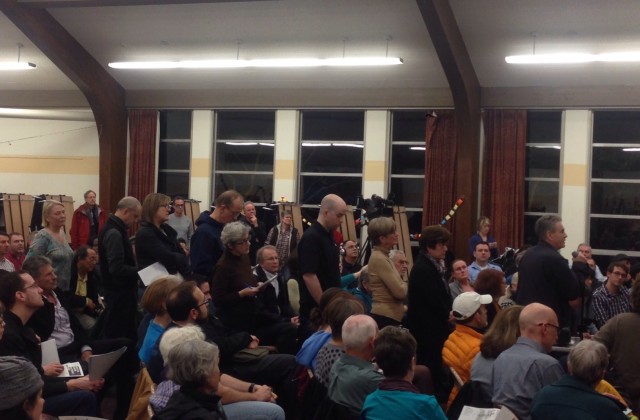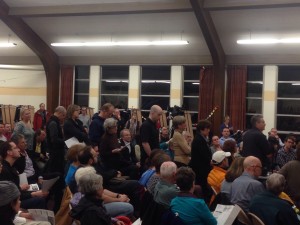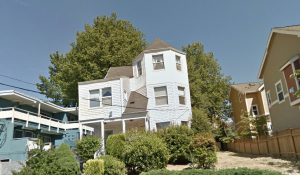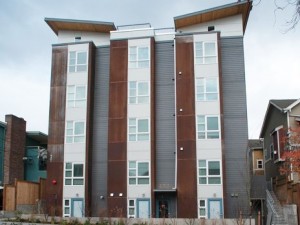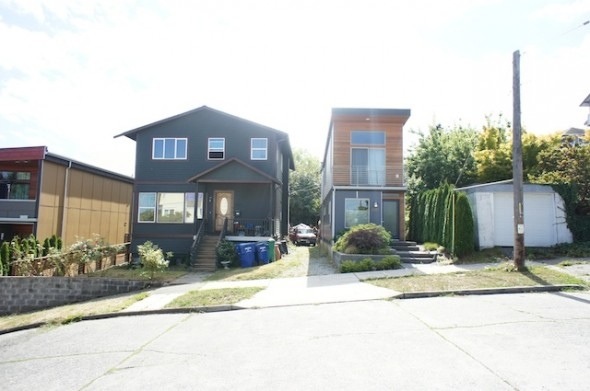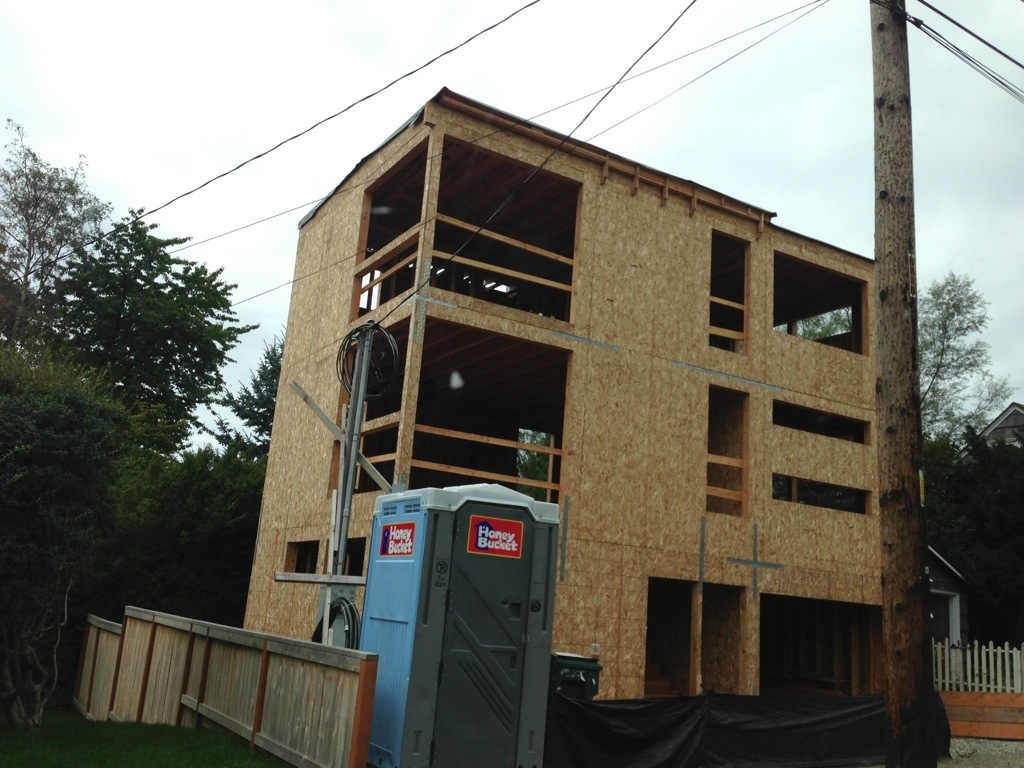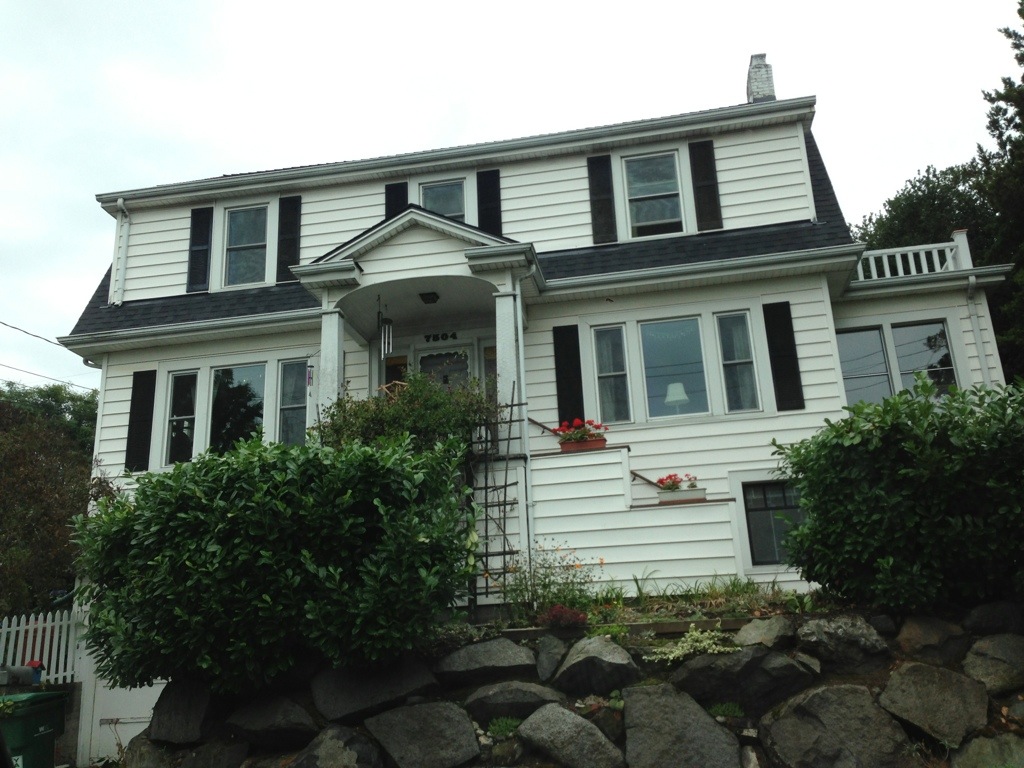Smart Growth Seattle Hires Roger Valdez as its Full-Time Director
Roger Valdez and others talk about why smart growth is so important in this 2012 video by eric becker on Vimeo.
This is a press released issued today.
Growing group’s director will advance dialogue and policy around housing choices, urban density, sustainable development, economic opportunity and architectural diversity
Seattle, WA – Jan. 27, 2014 – Smart Growth Seattle today announced that Roger Valdez will be the full time director of the organization. Valdez helped found Smart Growth Seattle a year ago with Blueprint Capital. He is a long-time advocate of smart and sustainable growth with experience in government relations, research and housing development.
Blueprint Capital was an original founder of Smart Growth Seattle, calling attention to how small lot in-fill development can be part of our city’s housing solution.
“We are thrilled to have Roger as our full-time director and we’re glad to see others join in on this timely issue,” said Mark Knoll, CEO of Blueprint Capital, the founding member of Smart Growth Seattle. “Our expanding membership and core mission will be well-served with Roger’s background and leadership.”
Over the last year Smart Growth Seattle has expanded its work from supporting small-lot infill development to microhousing and supporting increased housing supply.
Smart Growth Seattle was founded with five guiding principles: 1) Housing Choice, 2) Urban Density, 3) Sustainable Development, 4) Economic Opportunity, 5) and Architectural Diversity.
“The greatest risk to our growing prosperity is a lack of housing choices for people in Seattle and those who are moving into our city,” said Valdez. “Today, private developers and builders are working to meet the demand for housing, and Smart Growth Seattle gives us the opportunity to work for effective policies that will help to add more housing in innovative ways. More housing choice benefits those who live here as well those moving to our city for work.”Smart Growth Seattle will be governed by a five-member board made up of founding partners, including Valdez.
This mission of advocating for more housing choices has garnered broad industry support from builders, lenders, and commercial and housing developers, including the 2,850-member Master Builders Association of King and Snohomish Counties (MBA).
“The Master Builders Association is very excited to be part of Smart Growth Seattle and strongly supports the goal of providing more housing choices for Seattle residents and those who are moving here,” said MBA’s 2014 President Martha Rose of Seattle. “By partnering with groups representing all types of development in the city, we hope to focus more attention around finding constructive ways to promote urban density, sustainable development, economic opportunity, architectural diversity and housing choice.”
Other members in addition to Blueprint Capital and the MBA are Footprint Investments, Touchstone Development and Vulcan Inc.
Councilmember O’Brien: No Changes to LR3
An effort is underway to “fix” or “clean up” one of the model zones in Seattle’s land use code for growing smart: LR3. The LR3 zone is a mix of many different types of multifamily housing (including microhousing) that is meeting the growing demand for housing in Seattle. The LR3 zone is doing what it should be doing, providing choices for many people who want to live in Seattle’s most vibrant and livable neighborhoods. This letter went to Planning, Land Use, and Sustainability (PLUS) Committee Chair Mike O’Brien this morning. Send your own comments to him at mike.obrien@seattle.gov.
January 22, 2014
Dear Councilmember O’Brien,
Last Fall Councilmember Clark wrote a letter asking that “DPD work on correcting problems with . . . changes that we made to the Multifamily Code in 2010.” Councilmember Clark goes on to say:
“I’d like to look further into making sure we don’t leave open other methods of achieving five stories. This may involve looking at the existing height incentives, FAR exemptions and bonuses, and the height measurement approach.”
Councilmember Clark is responding to neighborhood concerns about the number of floors being built in the LR3 zone. But Seattle’s land use code doesn’t regulate the number of floors a building has but Floor Area Ratio (FAR) and height.
There seems to be some confusion or efforts to confuse these two things, height and floors. In most cases what some neighbors are calling a floor is actually a basement. Since the Department of Planning and Development calculates height from the top of the basement, this might make it appear that a building has achieved five floors. But these buildings are actually within the current height limits and are four stories.
We’re very concerned about the neighborhood proposal that would, in the words of their petition, “roll back” the code where it was before 2010, allowing buildings only 30 feet in height. This down zone would result in the loss of many units of new housing at a time when demand for small apartments and microhousing is growing. People want to live in these neighborhoods.
Our view is that
- Doing what this group wants would amount to a down zone and an elimination of additional housing choices for people moving to Seattle;
- The LR3 zone is working well, allowing appropriately scaled multifamily housing that meets much of the housing needs in neighborhoods like Capitol Hill. Please leave the LR3 as is; and
- If changes are suggested, they should not be hurried through but should be considered along with other proposals affecting microhousing and design review that are pending before your committee.
We know that you are committed to addressing issues of equity and housing price. The LR3 zone is producing many housing options for people who want to live in our city, and those options are giving people of all income levels more choice in where they are able to live.
Please don’t make any changes to the LR3 zone. The LR3 zone is a model for how our city can grow providing an array of housing choices, with diverse architecture and design in walkable, transit oriented neighborhoods. We’d welcome an opportunity to discuss this with you and your staff in more detail.
Sincerely,
A-P Hurd
NAIOP
Joshua Newman
Maple Leaf Neighbor
Roger Valdez
Smart Growth Seattle
Small Homes Still a Big Deal
There is a great post up at Living in Density (a blog featuring small living spaces) featuring a home built by a local builder, Steele Homes.
Context is everything, and the 2-bedroom home sits in a part of the Capitol Hill neighborhood in Seattle, where the average house is more than twice its size. Developed on a subdivided lot that is 17′x120′ , it stands out because of it’s width, which inspired the owners to nickname it “The Skinny.”
But whatever you call it, it’s hard to argue that it is a “monster” or out of scale with the neighborhood. Inside and out, the house works for the people who live there and fits in with what’s around it.
Unfortunately, new single-family homes are called out for being different. They are, but they are an important part of supplying the growing demand for homes in Seattle’s neighborhoods. Check out the post for more pictures and details about the house.
House of the Immediate Future Completed Tomorrow
Tomorrow Dwell Development will celebrate the completion of the House of the Immediate Future (HOIF) at our Columbia Station sustainable community and adjacent to our award winning Passive House! The keys to the four bedroom, 1,400 square foot home will be handed over to the proud homeowner, Mohammed Mohammednur, his wife, mother-in-law, 10-year-old daughter and twin 5-year-old sons later in the day in a private dedication ceremony honoring the family and all those who worked on the home.
The home was designed to fit in with Dwell Development homes by The Miller Hull Partnership, a firm known for sustainable design that is simple and appropriate to its setting in style and materials. It was first built in 2012 at the Seattle Center as part the Next 50 anniversary celebration of the 1962 World’s Fair, reminiscent of an exhibit at the original event.
After serving as a demonstration house to show ways in which green building design and techniques can be applied on a modest and affordable scale, the structure was disassembled and relocated. Its permanent home is in our 42-home sustainable micro-community–one of the largest of its kind in the country, situated in southeast Seattle’s Columbia City neighborhood. In addition to releasing this parcel of land to Habitat SKC, Dwell was a major partner, doing all the excavation, site utilities, foundations, backfill and final grade.
HOIF utilizes a hybrid construction approach that is part modular, part site-built. Habitat SKC and Miller Hull partnered with Method Homes, who constructed the home’s prefabricated ‘wet core,’ (concentrated mechanical room, kitchen, and bathroom systems). In this way, skilled labor — including plumbing and electrical work — is centralized and completed before arriving to the site, while still allowing for volunteers, a key component of the Habitat model, to complete the balance of construction.
For more information on our U. S. Department of Energy Challenge Home Award visit:
http://dwelldevelopment.net/wp-content/uploads/BA_ChallengeHome_DwellDevelopment_100213SMALL.pdf
For more information, photos and videos of the house, please visit: http://www.habitatskc.org/house-of-the-immediate-future/
Big News: Man Builds House!
Evidently, in Seattle, someone building a house is big news. Front page news for the Seattle Times.
But here’s the thing. The house being built looks like this:
And just down the block, three houses away, is this:
How the neighbors and Lynn Thompson at the Times would see this new house as out of scale is baffling.
And the story and headline is misleading at best: there is no ban on new homes in Seattle.
The efforts continue to create more predictability for new housing continues with work to pass the 80 Percent Rule. Hopefully, that will put an end to stories that fan the flames of a false controversy.
